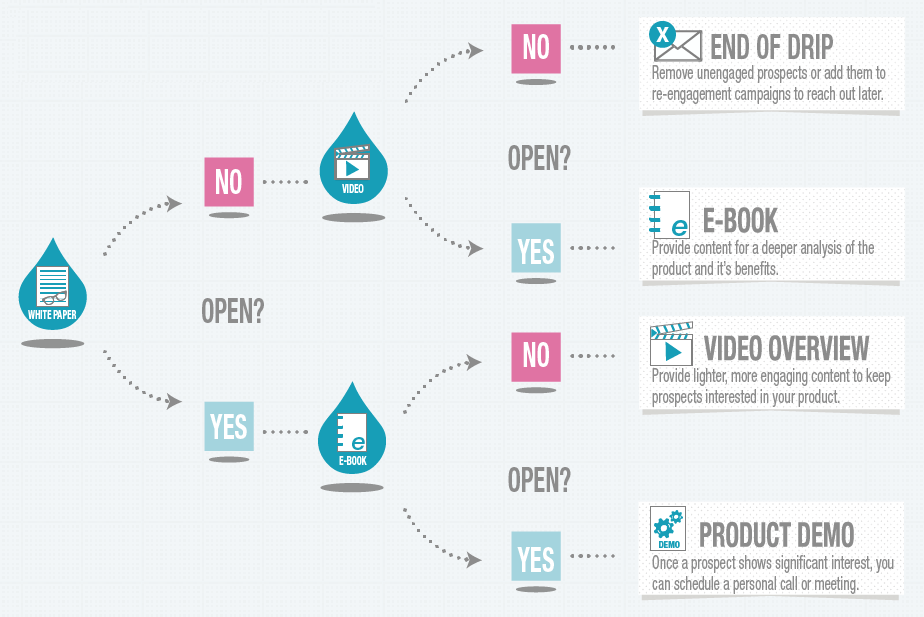‘Let’s do an event.’ Four words that often send a shiver down my spine. I have worked in the marketing for more years than I care to mention. From supplier side to client side, there is nothing quite like the buzz of seeing something that you have been tirelessly planning for months, come to life. I’ve been involved in planning almost every type of event – sell-out club nights, corporate team building, extravagant weddings, even more extravagant barmitzvahs, concerts, residential conferences and private dinners. But still, when a client says to me ‘let’s do an event,’ it unnerves me.
Don’t do an event for the sake of it
Firstly, business events should never be done for ‘event’s sake’. Without a clear, measurable objective, they run the risk of being an expense with no real demonstrable benefit (I’m sorry but profile raising is not enough).
Do you want to make new connections and cultivate warm prospects? If so, then a well-thought out recruitment plan needs to be laid out before you even set a date.
This will give you the best chance of getting the type of person that you want there to actually attend, and in turn, make the investment worthwhile.
What are the takeaways?
Holding an event to demonstrate your expertise is ultimately the reason why anyone goes to any event. I don’t go to see my favourite band at a concert because they’re average, I go because I think they’re great at what they do (I have deliberately not named them to prevent any weakness in my logic being attributed to personal taste).
However, for a successful business event, there has to be more than just telling everyone how good you are at something. Whilst some people will turn up to the opening of an envelope, the ones that you want to meet probably won’t.
So there needs to be a draw: an easily identifiable, well-positioned message that explains what people will get out of attending. This message will vary, depending on the type of person you want to attract.
- Are you aiming to teach them something? If so, make sure it’s something they don’t already know inside and out.
- Are you going to introduce them to their peers? If so, think about whether they will actually want to meet their peers in your chosen setting.
- Or are you simply going to ply them with free food and drink in the hope that it is enough to make them want to part with their money, and give it to you?
Do it right or don’t do it
All this boils down to having an iron clad business objective and creating an event that is pitched at the right level, to the right people, in a setting that will appeal to them.
Once you have this down, and everyone who needs to be has been included in the concept (which is another blog post altogether), it’s time to plan.
This is the part that makes me happy –a thorough plan, a strict timeline and a smooth project flow. I like a good 12 weeks to plan an event to ensure that all logistics have been covered – venue, catering, invitations, AV – but all too often, the most important part is overlooked.
If you don’t have the right people there, it doesn’t matter how good your canapés are.











